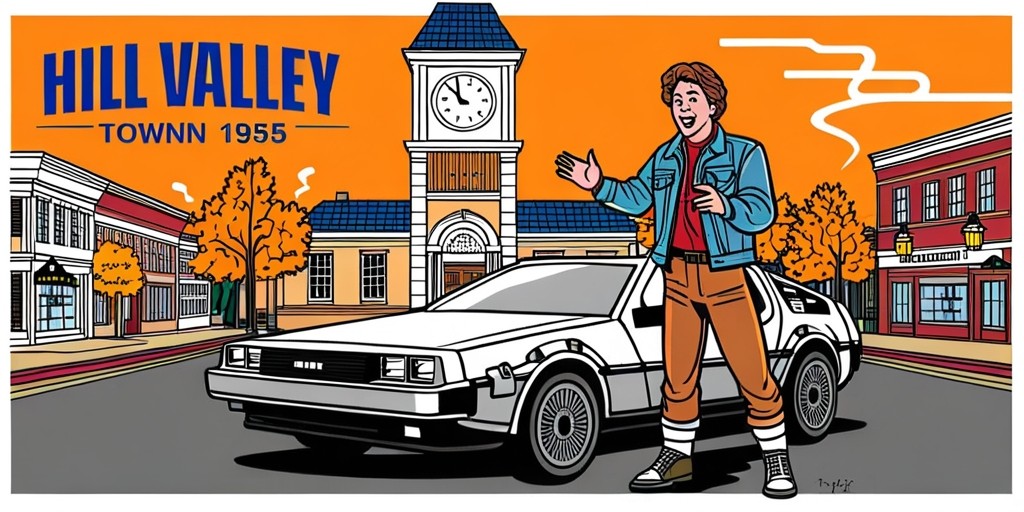The Triumph of Tenacity: Michael J. Fox's Journey to Becoming Marty McFly
- Oct 31, 2024
- 605
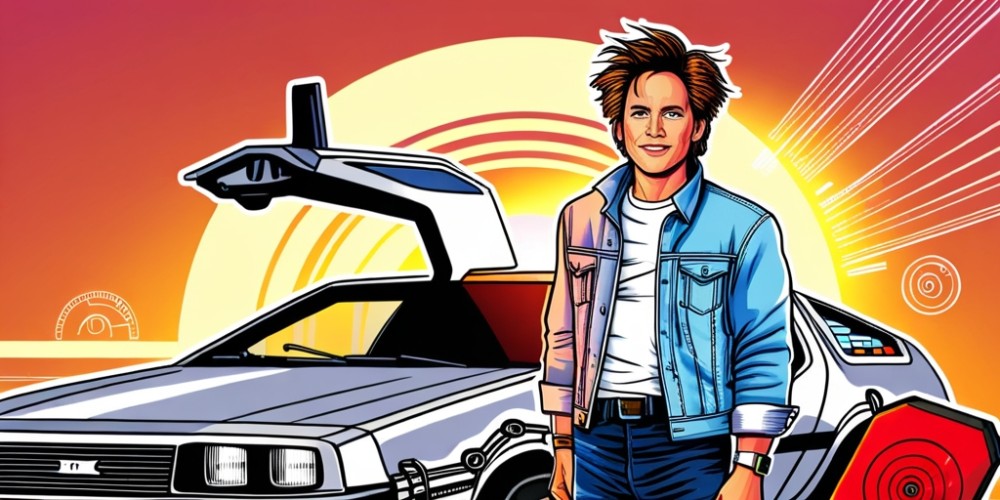
In the realm of cinematic legends, few names shine as brightly as Michael J. Fox, known for his electrifying portrayal of Marty McFly in the iconic Back to the Future franchise. His rise to fame wasn't just a pet of luck, but rather a tale of tenacity and timing, intertwined with the challenges and demands of the entertainment industry. This narrative explores the tumultuous journey of Fox as he navigated competing commitments that almost cost him a career-defining role.
Introduction to a Rising Star
Michael J. Fox began his foothold in the acting world during the late 1970s, earning attention through various television roles. However, it was his breakout performance as Alex P. Keaton in the beloved NBC sitcom, Family Ties, that truly captivated audiences. As the show became a staple of American television from 1982 to 1989, Fox quickly became synonymous with the character, setting the stage for his future roles.
The Double Edge of Success
Despite the soaring popularity of Family Ties, Fox found himself at a crossroads when the opportunity to star in Back to the Future surfaced. The film's creators, Robert Zemeckis and Bob Gale, recognized Fox’s potential for the character of Marty McFly and believed that his comedic talent would seamlessly translate to the sci-fi universe.
The Hurdles of Commitment
However, as fate would have it, the commitment to Family Ties created significant conflicts. The sitcom's producer, Gary David Goldberg, was hesitant to lose Fox to another project. In a surprising twist, Goldberg even went so far as to discourage Steven Spielberg from sharing the Back to the Future script with him, placing Fox's burgeoning film career on the line.
The Search for Marty McFly
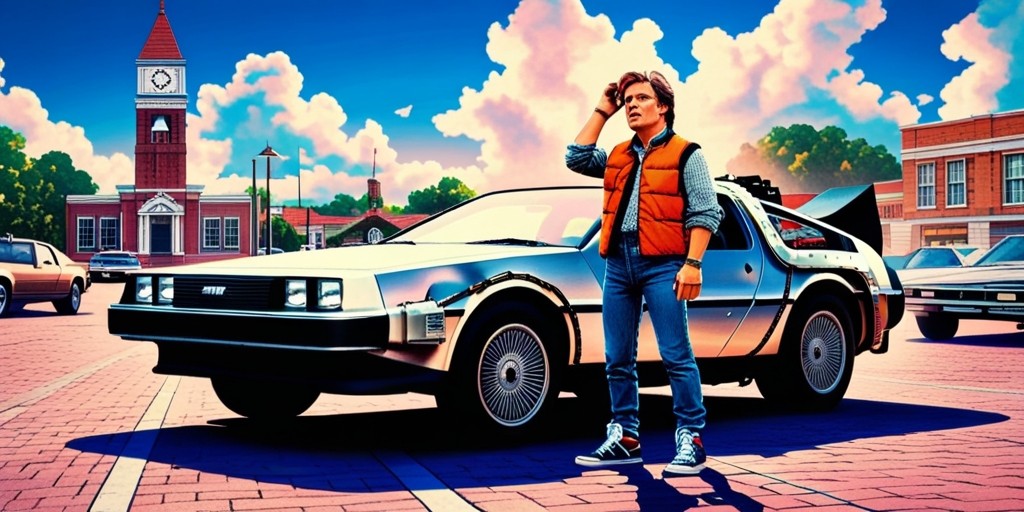
With Fox's availability uncertain, the filmmakers began to explore other potential candidates. Notable actors such as Johnny Depp and Charlie Sheen were considered, but the search ultimately led them to Eric Stoltz, who was cast as Marty following an impressive audition. However, Stoltz's portrayal didn’t align with the vision that Zemeckis and Gale had in mind for the character.
Recognizing the Right Choice
After a grueling month of filming with Stoltz, the producers realized that it was Michael J. Fox who could embody Marty McFly's essence effectively. This led to a pivotal decision, one that would shape Fox's career and the future of the franchise. Stoltz was replaced with Fox, marking a significant turn in the film's production.
Work Hard, Play Hard: The Balancing Act
Once onboard, Fox faced the daunting task of balancing the demands of both Family Ties and Back to the Future. His schedule was nothing short of exhausting, juggling filming for the sitcom during the weekdays while dedicating his nights to the movie. Working from 6:30 PM to 2:30 AM became his new norm.
Support from Co-Stars
Despite the pressures, Fox's performance was met with unanimous applause from his castmates. Christopher Lloyd, who played the eccentric Doc Brown, noted the palpable relief among the cast with Fox’s arrival, stating that his first take assured everyone that the film would be a success.
Contractual Obligations
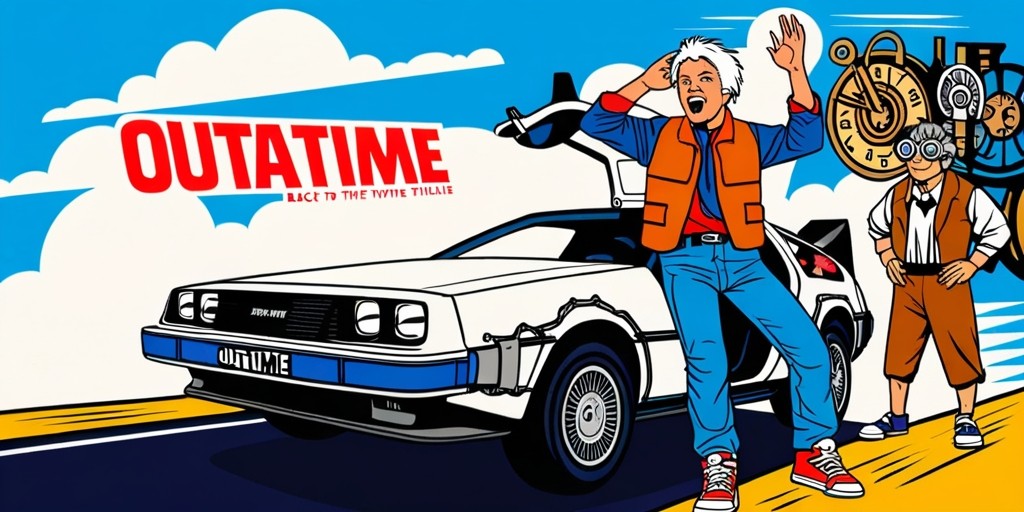
Fox’s contract with Family Ties also posed its own demands. He was required to prioritize the sitcom in case of any scheduling conflicts, which meant that his commitments to Family Ties had to come first – an arrangement that could have jeopardized his role in the film.
The Effort Pays Off
All the hard work and long nights ultimately bore fruit. Back to the Future opened to rave reviews, spending an impressive eleven weeks at the top of the box office. Its cultural impact was immediate, heralding a new chapter in cinematic storytelling and solidifying Fox's place in Hollywood.
Continued Success and Legacy
Following the success of the first film, Fox reprised his role in two successful sequels, further establishing the Back to the Future franchise as an enduring classic. The trilogy is now recognized as a monumental achievement in film history, loved by audiences across generations.
Enduring Popularity
The legacy of Back to the Future continues to resonate in popular culture today. The films remain available for new and old audiences alike, beloved for their unique blend of comedy, adventure, and heartfelt moments. Streaming platforms now make it easy for fans to revisit the unforgettable journey through time.
The Triumph of Tenacity
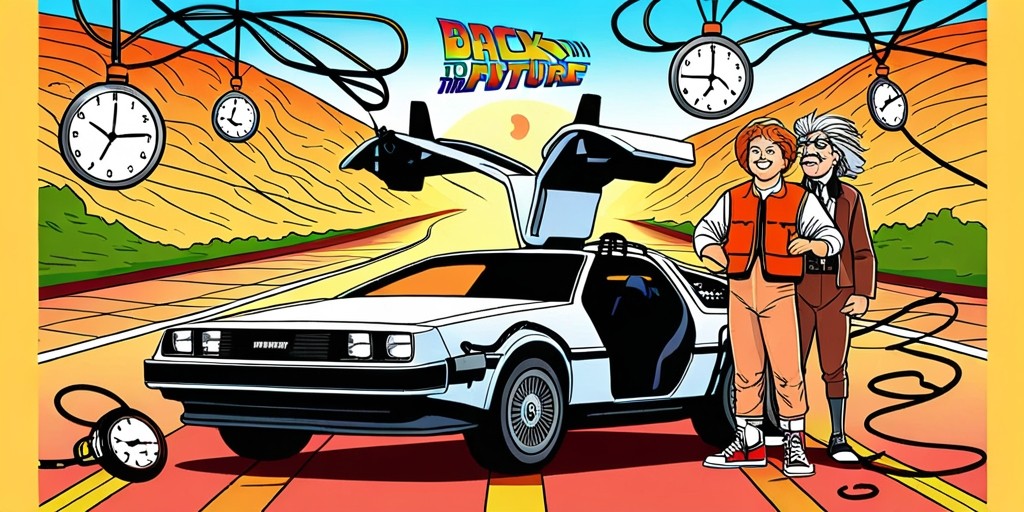
Michael J. Fox’s story is not just about the triumph of an actor but a testament to resilience and dedication. Despite the obstacles he faced when navigating his commitments, his work ethic and passion for his craft allowed him to leave an indelible mark on the film industry.
Reflections on a Pivotal Moment
Looking back, the victory of securing the role of Marty McFly was not merely an individual triumph, but a turning point that introduced audiences to a character who would become a cultural touchstone. Fox's portrayal continues to inspire generations of actors and moviegoers alike.
The Legacy Lives On
As we celebrate the milestones in Fox's career, it is essential to acknowledge the intricate web of circumstances that led to his success in Back to the Future. His journey reminds us that behind every iconic role lies hard work, determination, and the ability to navigate the often tumultuous waters of show business.
Final Thoughts
Michael J. Fox's legacy as Marty McFly is forever etched in the annals of film history. His triumph over scheduling challenges and industry hurdles underscores the importance of perseverance in the pursuit of one’s dreams, inspiring both current and future generations of actors to embrace their craft wholeheartedly.
